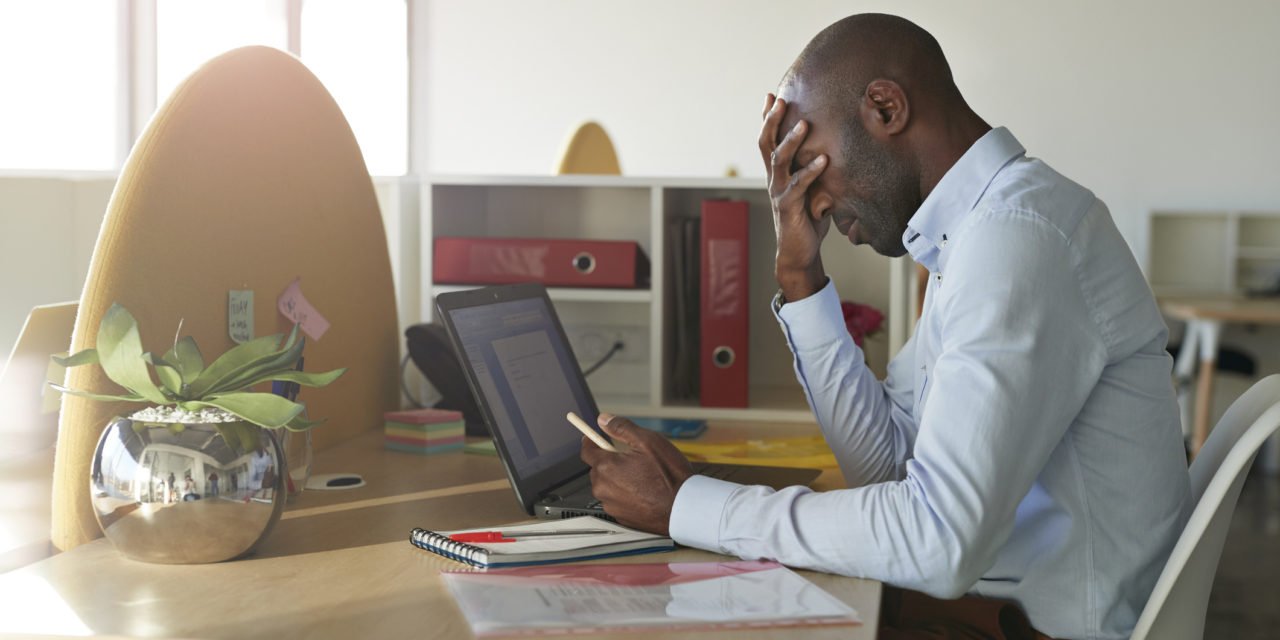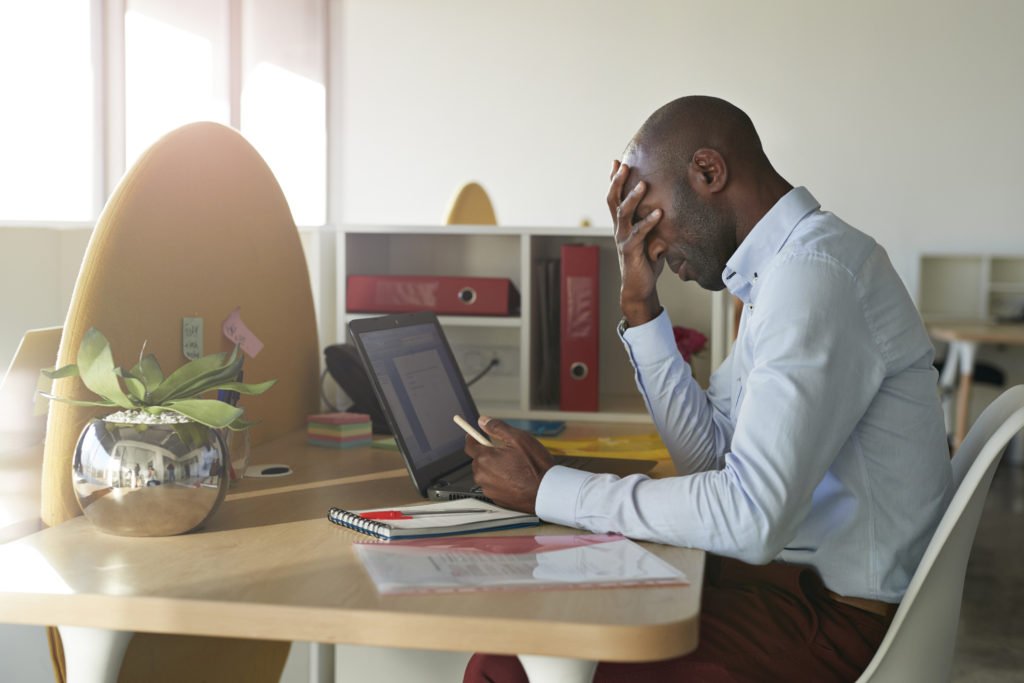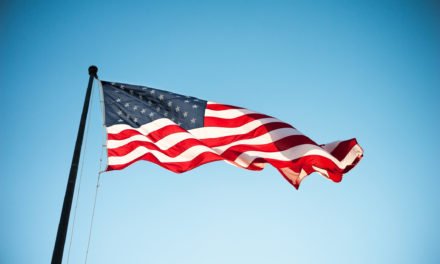In Paul Laurence Dunbar’s “We Wear the Mask,” and then, in Maya Angelou’s expounded version “The Mask,” we read about the phenomenon many Black, Indigenous and People of Color (BIPOC) endure: we must shelter our authentic selves as a means of survival in a white world. Smiling to mask pain or laughing when we feel like crying have been knee-jerk reactions to the trauma and violence of racism. As Dunbar and Angelou so eloquently describe, we so often choke down the pain in our realities for fear of white rage — as though revealing that we no longer want to be oppressed is cause for visceral attack. This double consciousness, or “two minds unreconciled,” entails navigating multiple realities in which our selves must adjust in white spaces. Whether in the workplace, the classroom, or the doctor’s office, we put on masks to resist stereotypes, and in effort to calm the fear often assigned to anyone non-white. How we show up can be a matter of losing a job, or even a matter of life or death. The COVID-19 pandemic, coupled with a racial justice reckoning of sorts, make these truths even more evident.
Smiling to mask pain or laughing instead of crying have been knee-jerk reactions to the trauma and violence of racism. We choke down the pain for fear of white rage—as though revealing that we no longer want to be oppressed is… Share on XPre-pandemic and social distancing, working from home seemed to be a hot commodity and a privilege granted sparingly. I recall working for an organization in which managers were allowed to work remotely one day a week. However, as a manager myself, I was barely obliged with this perk. After months of witnessing the white managers in my department take advantage of the opportunity to have uninterrupted time to complete their important administrative projects from home, I submitted my request to work remotely one day a week. I feared that my request would be rejected, and I wish I could say that I was shocked by my supervisor’s response. Instead, I was right: I was given several reasons why it was necessary for me to be onsite each day during normal business hours. Even after finally being approved to work remotely, I was interrupted so much with unnecessary texts, phone calls and circumstances requiring immediate attention, that it no longer made sense for me to work from home. Worse, this matter required me to work longer days just to complete all of my reports. When I broached this topic, I was accused of not being able to handle the job and being an inflexible manager. So, I stuck it out, working long hours, and rarely taking time off.
If there is one thing I’ve learned during the COVID-19 shelter-in-place, it is that organizations can adjust to meet their stakeholders and constituents where they are when the time calls for it. In the last year, we’ve witnessed our nation pivot to adhere to social distancing policies, moving work, education, and services at large online. Organizations that never considered (or wouldn’t allow) remote work transitioned to Zoom, Microsoft Teams or other video conferencing platforms. When we were forced to reconsider the world of work as we know it, many realized the efficiencies and flexibilities remote work provides. However, there have been many inequities revealed in this transition, too. BIPOC individuals who are disproportionately impacted by COVID-19 are also more likely to experience job loss, disparities in basic needs, high stress and anxiety, and other health-related issues. For those working virtually, compounding factors such as being a caregiver, living with extended family or community, and navigating racism make it even more challenging to manage work during a pandemic.
For those working virtually, compounding factors such as being a caregiver, living with extended family or community, and navigating racism make it even more challenging to manage work during a pandemic. Share on XThough this past year has been filled with many sobering moments as a result of the Coronavirus, some seem to have forgotten about the proverbial ship that we have all been in as we adjust to a new way of life. Working from home, many have faced the competing priorities of being on screen while handling the responsibilities of life. In a recent Pew Research Center survey, about half of working parents surveyed noted the difficulty in working remotely with a child at home. Working parents were also more likely to have limited work space and challenges in accessing technology. We are not operating in business as usual.
For BIPOC individuals, the physiological stress associated with racism and white supremacy remain prevalent, even in a virtual environment, which is an additional weight. BIPOC employees’ worry about employers’ perceptions of performance and the ethic of care demonstrated are perhaps only exacerbated given the circumstances of a pandemic and ongoing acts of racial violence we are navigating simultaneously. Black, Latinx and lower income communities are more likely to be concerned about exposure to the Coronavirus. Black and Asian/Asian American communities have had to contend with racist beliefs about their susceptibility to the virus further perpetuating and exacerbating violence against them.
BIPOC employees’ worry about employers’ perceptions of performance and the ethic of care demonstrated exacerbated given the circumstances of a pandemic and ongoing acts of racial violence we are navigating simultaneously. Share on XIt’s no secret nor surprise that moving to virtual workspaces in the midst of a pandemic has been difficult on multiple levels. When factoring in all of life’s obligations on top of this, virtually anyone is likely to experience mounting stress. However, the pervasiveness of structural racism has left BIPOC communities particularly exhausted. Unequal access to healthcare, mental health support, and available childcare has implications that extend across racial and socioeconomic lines. Unending virtual meetings, overfull email inboxes, and evening/weekend work requests sometimes seem to have doubled workloads. On top of all of this, constant re–traumatization that occurs whenever a member of BIPOC communities is brutalized, facilitates a retreat to “wearing the mask” for many of us. Shielding ourselves from the angst of racism in the while being fully present in a virtual work environment, like Dunbar we lament:
Why should the world be over-wise,
In counting all our tears and sighs?
Nay, let them only see us, while
We wear the mask.




















